카바이드 및 CNC 기계란 무엇인가요?
기계 가공의 세계에 뛰어들었다면 두 가지 핵심 용어를 접했을 것입니다: 카바이드 도구 그리고 CNC 기계. 가공의 숨은 영웅으로 불리는 카바이드는 텅스텐 카바이드 입자와 금속 바인더(일반적으로 코발트)를 결합하여 만든 복합 재료입니다. 극한의 경도, 내열성, 내구성으로 잘 알려져 있어 산업 분야에서 없어서는 안 될 소재입니다. 절삭 공구의 헤비급 챔피언으로 현대 기계 가공의 열과 압력을 견딜 수 있을 만큼 견고하다고 생각하면 됩니다.
이제 CNC 기계(컴퓨터 수치 제어의 줄임말)는 정밀 제조의 기술적 근간이 되었습니다. 이러한 기계는 복잡한 절단, 드릴링, 성형 작업을 놀라운 정확도로 수행하도록 프로그래밍되어 있습니다. 금속, 플라스틱, 복합재와 같은 거친 재료로 복잡한 디자인을 만들 수 있는 로봇 조각가를 상상해 보세요. 카바이드 공구와 CNC 기계는 함께 현대의 제조 세계를 원활하게 운영하는 파워 듀오를 형성합니다.
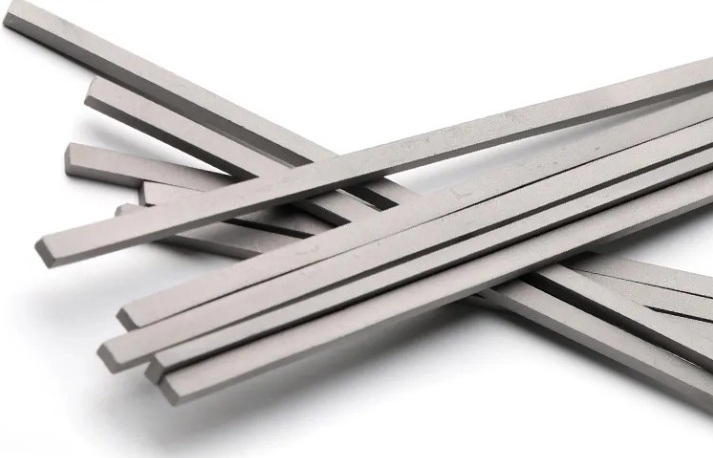
사용 이유 카바이드 도구 CNC 기계에서?
CNC 가공에서 카바이드가 중요한 이유는 무엇일까요? 성능 때문입니다. 카바이드 공구는 다른 재질이 떨어지는 곳에서 탁월한 성능을 발휘합니다. 초경 공구가 최고의 선택인 이유는 다음과 같습니다:
- 탁월한 경도와 내마모성: 카바이드는 다이아몬드 다음으로 경도가 높습니다. 따라서 스테인리스 스틸, 티타늄, 경화 합금과 같은 단단한 소재를 절단하는 데 적합합니다.
- 높은 내열성: CNC 가공은 상당한 열을 발생시킵니다. 카바이드 공구는 고온에서도 날카로움과 구조적 무결성을 유지합니다.
- 도구 수명 연장: 초경 공구는 고속강(HSS) 또는 다른 재료에 비해 수명이 훨씬 길어 가동 중지 시간과 공구 제작 비용이 절감됩니다.
- 뛰어난 표면 마감: 카바이드는 정밀도가 높아 더 매끄럽게 절단할 수 있어 표면 마감이 개선되고 2차 가공의 필요성이 줄어듭니다.
CNC 기계에서 초경 공구를 사용하는 것은 단순히 작업을 완료하는 것이 아니라 더 빠르고, 더 효율적으로 더 나은 작업을 수행하기 위한 것입니다.
CNC용 초경 공구의 종류
| 도구 유형 | 설명 | 애플리케이션 |
|---|---|---|
| 엔드 밀 | 프로파일링, 슬롯, 컨투어링에 사용되는 다용도 커팅 도구입니다. | 다양한 소재의 밀링 작업. |
| 드릴 비트 | 최소한의 휨으로 정밀한 구멍을 만들 수 있도록 설계되었습니다. | 강철, 알루미늄 및 복합재 드릴링. |
| 도구 삽입 | 절단을 위해 공구 홀더에 장착된 교체 가능한 카바이드 인서트. | 선삭, 밀링 및 보링 작업. |
| 리머 | 드릴링된 구멍을 정밀하게 마감합니다. | 구멍 직경의 엄격한 공차 달성. |
| 보링 바 | 기존 구멍을 확대하거나 다듬는 데 사용됩니다. | 선반 또는 밀에서 내부 절단. |
| 스레드 밀 | 탭할 필요 없이 머티리얼에 스레드를 생성합니다. | 딱딱한 재료에 스레딩하기. |
| 모따기 도구 | 부품에서 경사진 모서리를 만들거나 버를 제거합니다. | 디버링 및 마감 프로세스. |
| 볼 노즈 커터 | 3D 컨투어링 및 복잡한 형상 가공에 이상적입니다. | 금형 및 다이의 공구 경로. |
| 페이스 밀 | 넓은 평평한 표면에서 고속으로 재료를 제거하는 데 사용됩니다. | CNC 밀링으로 표면 마감. |
| 그루브 도구 | 부품의 홈이나 슬롯을 절단하기 위해 특별히 설계되었습니다. | 자동차 및 항공우주 기계 가공. |
CNC 기계에 적합한 초경 공구를 선택하는 방법
완벽한 카바이드 공구를 선택하는 것은 일률적인 기준이 없습니다. 올바른 신발을 고르는 것과 비슷하게 당면한 작업에 따라 달라집니다. 다음은 고려해야 할 몇 가지 요소입니다:
- 머티리얼 가공 중: 각 도구는 재료에 따라 최적화되어 있습니다. 예를 들어 알루미늄용으로 설계된 도구는 경화된 강철에서는 제대로 작동하지 않을 수 있습니다.
- 작업 유형: 드릴링, 밀링 또는 선삭 작업을 하시나요? 각 작업에는 특정 공구 형상과 코팅이 필요합니다.
- 도구 코팅: 질화 티타늄(TiN) 또는 알루미늄 질화 티타늄(AlTiN)과 같은 코팅은 마모와 열 축적을 줄여 성능을 향상시킬 수 있습니다.
- 머신 호환성: 공구의 크기와 생크가 CNC 기계의 사양과 일치하는지 확인합니다.
- 절단 매개변수: 도구를 선택할 때 이송 속도, 절삭 속도, 절삭 깊이를 고려하세요.
현명한 선택은 도구 교체 횟수 감소, 정밀도 향상, 비용 절감을 의미합니다.
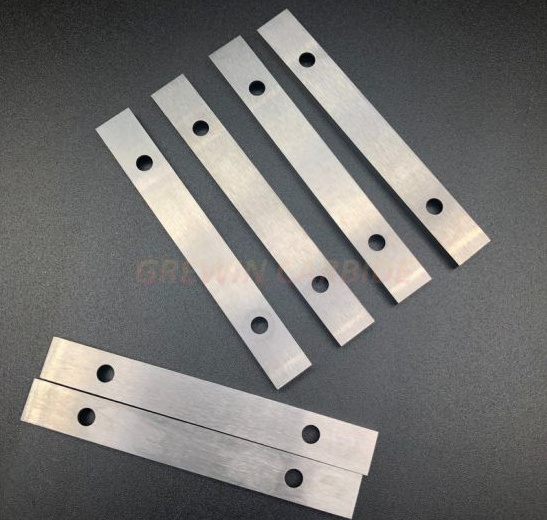
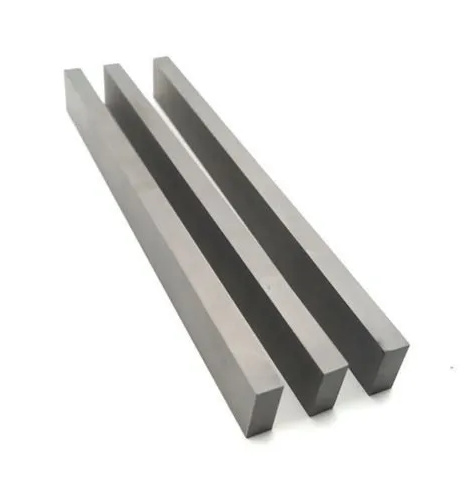
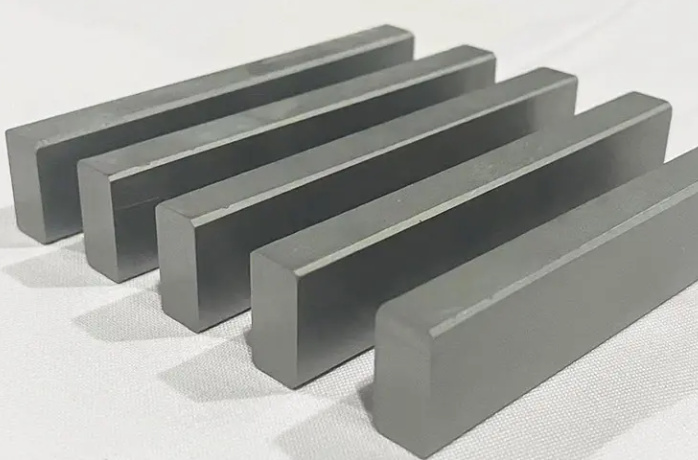
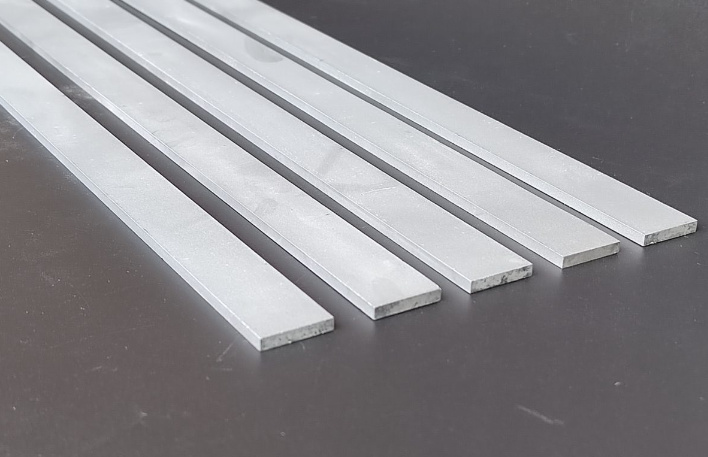
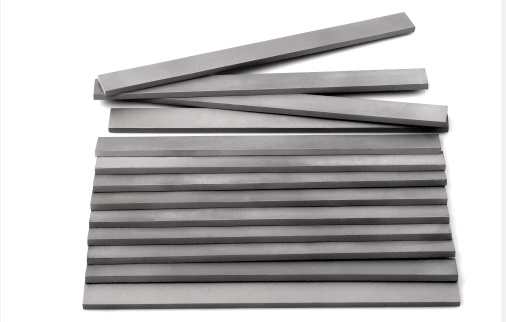
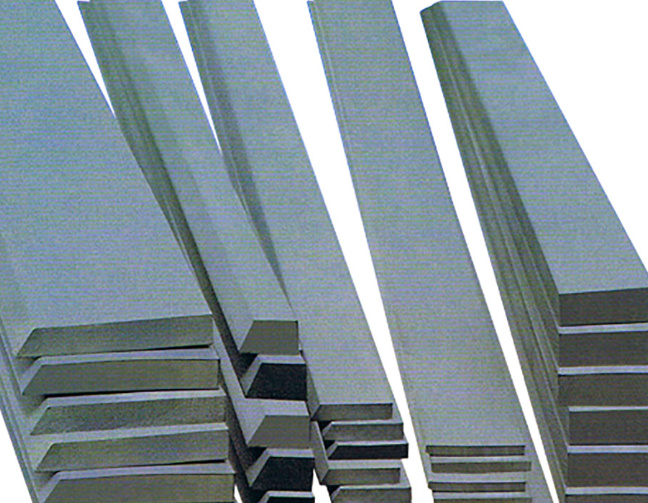
유지 관리 카바이드 도구
카바이드 공구를 최대한 활용하려면 정기적인 유지보수가 중요합니다. 잘 관리하면 최고의 성능으로 보답할 것입니다. 방법은 다음과 같습니다:
- 도구를 깨끗하게 유지하세요: 사용 후에는 매번 이물질과 쌓인 이물질을 제거하세요.
- 손상 여부를 검사합니다: 칩, 균열 또는 무딘 모서리가 있는지 살펴봅니다. 손상된 도구는 즉시 교체하세요.
- 올바르게 보관하기: 우발적인 손상을 방지하기 위해 지정된 랙이나 홀더를 사용하세요.
- 도구 마모 모니터링: 도구 수명 관리 시스템을 사용하거나 마모 표시기를 수동으로 확인합니다.
- 필요에 따라 선명하게 합니다: 일부 초경 공구는 재연마하여 수명을 연장할 수 있습니다.
초경 공구 및 CNC 기계의 마모를 줄이기 위한 실용적인 팁
| 팁 | 설명 |
|---|---|
| 절단 매개변수 최적화 | 사용 중인 재료와 도구에 맞는 속도와 이송을 사용하세요. |
| 냉각수 사용 | 절삭유를 바르면 열 축적을 줄이고 공구 수명을 연장할 수 있습니다. |
| 과부하 방지 | 조기 고장을 방지하기 위해 도구를 정격 용량 이상으로 무리하게 사용하지 마세요. |
| 정기적인 머신 캘리브레이션 | 정밀한 작업을 위해 CNC 기계가 정확하게 보정되었는지 확인하세요. |
| 고품질 재료 선택 | 고품질 원자재를 사용하여 불순물로 인한 공구 마모를 최소화합니다. |
| 적절한 도구 홀더 채택 | 공구를 단단히 고정하여 진동을 줄이고 절단 정확도를 높입니다. |
초경 및 CNC 기계 구매 시 유의 사항
투자 대상 카바이드 도구 및 CNC 기계는 중요한 결정입니다. 명심해야 할 사항은 다음과 같습니다:
- 품질이 중요합니다: 항상 실적이 입증된 평판이 좋은 제조업체를 우선적으로 고려하세요.
- 소재 호환성: 기계와 도구가 작업할 재료에 적합한지 확인하세요.
- 유지 관리의 용이성: 유지 관리가 쉬운 기계와 도구는 시간과 비용을 절약해 줍니다.
- 사용자 지정 옵션: 다양한 애플리케이션에 유연하게 사용할 수 있는 도구와 기계를 찾아보세요.
- 예산 및 ROI: 초기 비용과 효율성 및 내구성과 같은 장기적인 이점의 균형을 맞출 수 있습니다.
초경 및 CNC 기계의 장점과 한계
| 측면 | 카바이드 도구 | CNC 기계 |
|---|---|---|
| 장점 | 경도, 내열성, 긴 수명 | 정밀성, 다양성, 효율성 |
| 제한 사항 | 더 높은 비용, 극한의 힘에 취약함 | 초기 비용, 숙련된 운영자 필요 |

자주 묻는 질문
| 질문 | 답변 |
|---|---|
| 카바이드 공구가 HSS보다 나은 점은 무엇인가요? | 초경 공구는 더 단단하고 수명이 길며 더 높은 온도에도 견딜 수 있습니다. |
| 카바이드 공구를 연마할 수 있나요? | 예, 많은 초경 공구를 재연마할 수 있지만 특수 장비가 필요합니다. |
| CNC 기계는 소규모 비즈니스에 적합합니까? | 물론입니다! 소형 CNC 모델은 소규모 작업에 큰 가치를 제공합니다. |
| 올바른 CNC 기계는 어떻게 선택하나요? | 모델을 선택할 때는 소재, 생산량, 예산을 고려하세요. |
| 카바이드 공구는 어떤 재료를 절단할 수 있나요? | 금속, 플라스틱, 복합재, 심지어 세라믹까지 절단할 수 있습니다. |




